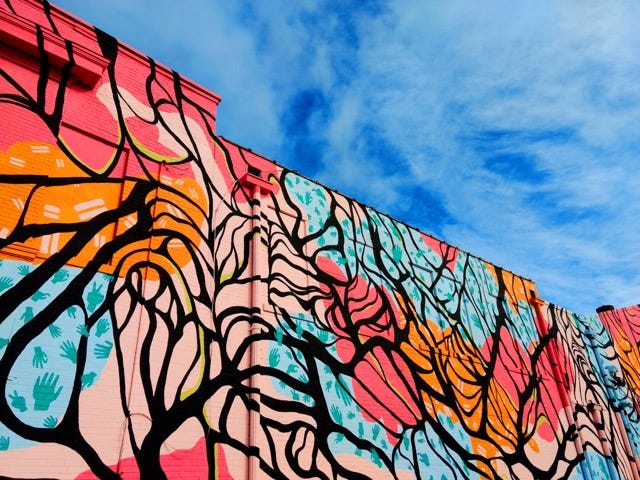The Crisis of Education
Childhood in the Age of Loneliness > Contemplative Column by Theodore Richards
Keep reading with a 7-day free trial
Subscribe to Wayfarer Magazine to keep reading this post and get 7 days of free access to the full post archives.


